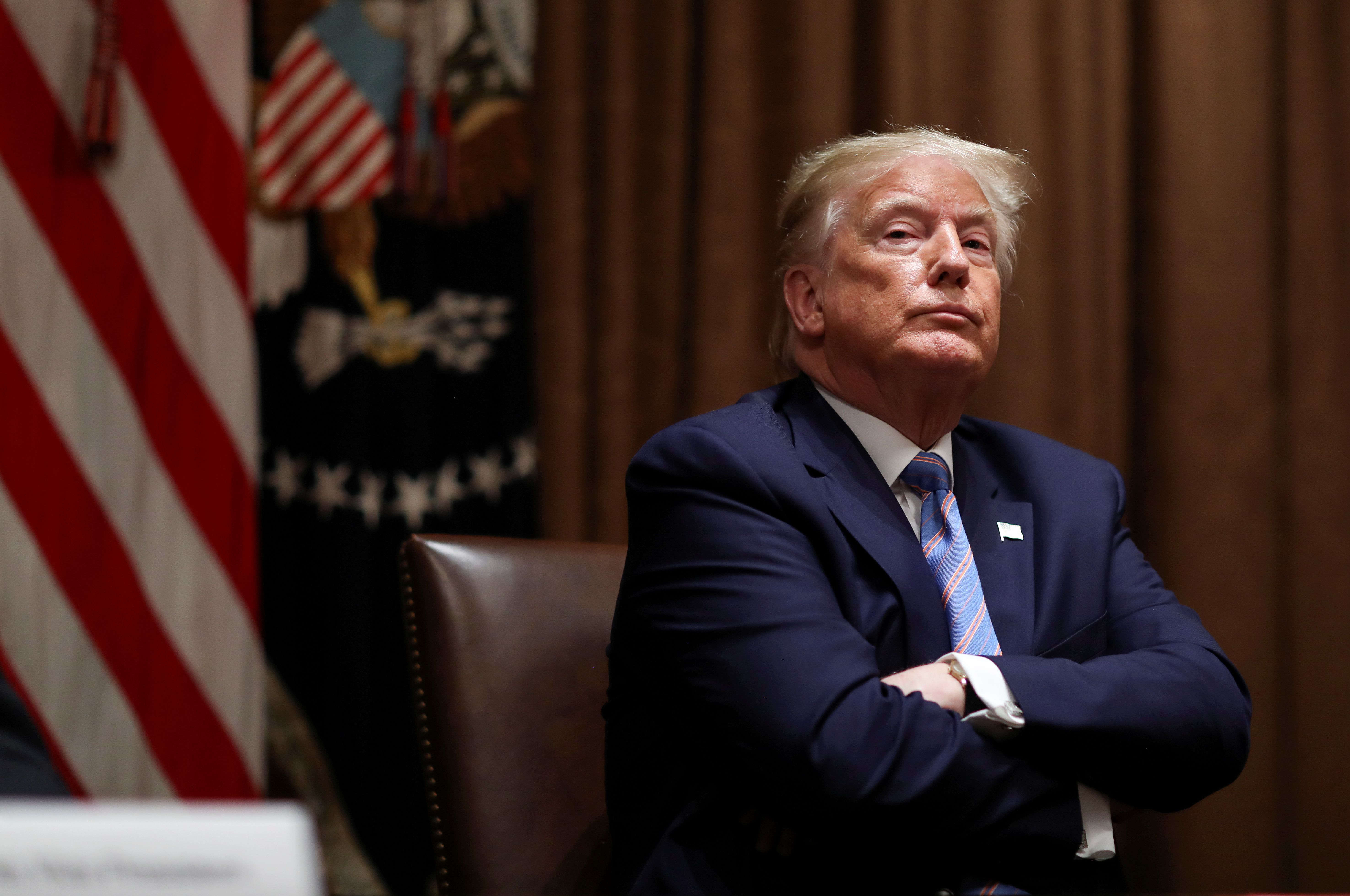U.S. to Reduce Military Presence in Germany

What are the reasons for Trump’s decision?
In line with Trump’s remarks and earlier threats, the partial withdrawal of U.S. forces from Germany is a reaction to the too-slow increase in German defence spending. According to NATO estimates, these expenditures grew in 2014–2019 from 1.18% to 1.38% of GDP (from $39.3 billion to $49.7 billion, in 2015 constant prices) but Germany is still far from reaching the defence spending goal of at least 2% of GDP. It has declared it will fulfil this goal in 2031 at the earliest, although all NATO countries pledged in 2014 to aim to do so by 2024. Trump is also using the issue of the American military presence to pressure Germany and the EU in trade relations. The announcement of the troop drawdown just before the November U.S. presidential elections also appears to stem from a desire to demonstrate to voters that Trump is delivering on promises to defend U.S. interests and reduce overseas military engagements.
Is the planned withdrawal in line with U.S. defence policy?
Cuts to the U.S. military presence in Europe would contradict ongoing efforts to rebuild it after years-long reductions (around 70,000 U.S. troops are now present in Europe). The Trump administration considers Russia second as a strategic competitor after China. In effect, it has increased the rotations of forces to NATO’s Eastern Flank started under Barack Obama, but also enhanced the permanent military presence in Germany. The U.S. is finalising the deployment of some additional 1,500 troops there (an air defence battalion and rocket artillery battalion have already been activated). U.S. military commanders perceive Germany as a suitable hub for a military presence on the continent and of key importance for power projection in Europe and its neighbourhood (Middle East, Africa). This is determined by extensive infrastructure (logistic and training facilities) in the country and its central geographical location.
Which factors will affect the implementation of Trump’s decision?
The Pentagon will most likely strive to implement the reduction in a way least harmful to U.S. military capabilities, including through rebasing the greatest possible number of troops to other NATO countries. The relocation of troops within Europe will be, however, impeded by high costs of doing so and the need for the allied receiving countries to prepare appropriate infrastructure—especially if Trump insists on a quick withdrawal from Germany (unconfirmed reports cite the end of September as the deadline). Congress may try to obstruct or slow down Trump’s drawdown. The president’s announcement has been met with criticism by both Democrats and substantial part of the Republican Party. If Joe Biden wins the November elections, the new administration is expected to halt the withdrawal from Germany. It may also try to reverse reductions that have been undertaken by the time it comes into office in January.
What are the likely political consequences of the drawdown for NATO?
For many allies, Trump’s decision is yet another example of his willingness to undertake unilateral actions weakening NATO security and reduce the Alliance’s importance to the U.S. to financial interests. The increase in transatlantic tensions might lead to further attempts to enhance defence cooperation in Europe in opposition to the U.S. and in a way detached from NATO. In the longer term, division within NATO could make it more difficult to work out a consensus on further adaptation to threats and challenges, including those posed by Russia. At the same time, NATO members will likely abstain from more radical moves before the U.S. elections in the hopes of a Biden victory and change in U.S. policy. NATO states and the Secretary General will also try to engage the current administration to soften the consequences of withdrawal from Germany.
What does the drawdown mean for Poland?
Weakening U.S. military capabilities in Europe and multilateral cooperation in NATO would decrease the ability to reinforce the Eastern Flank in a conflict, including through the swift deployment of additional forces from the U.S. In effect, Poland and other flank countries, which spend 2% of GDP on defence, might be the most affected by Trump’s actions aimed at Germany. It is possible that the U.S. will offer to relocate some of the withdrawn forces to Poland as a way to implement the 2019 bilateral declaration to increase the U.S. presence in the country or in addition to it. While Poland has repeatedly stressed that it does not seek to increase U.S. military presence on its territory at the expense of Germany and other allies, such a relocation could help to retain the U.S. forces in Europe and minimise the consequences of Trump’s actions for NATO as a whole.


